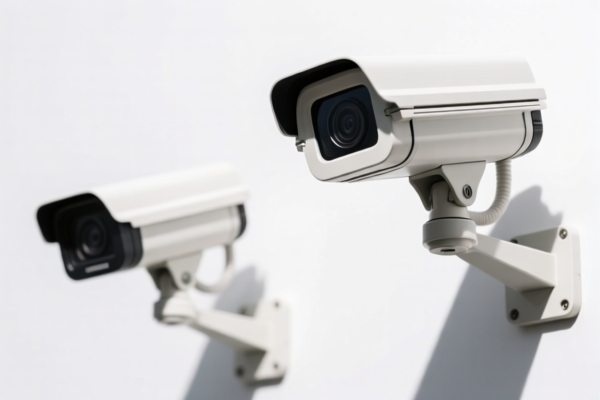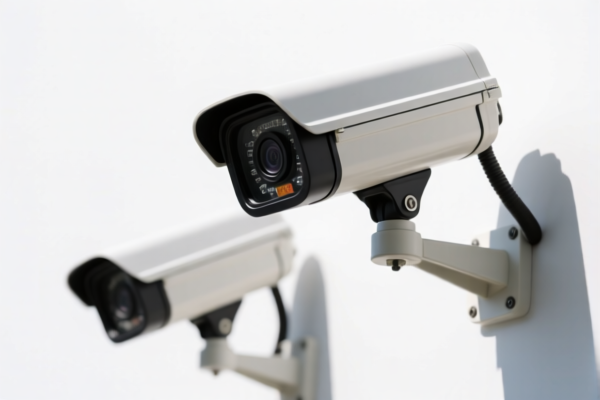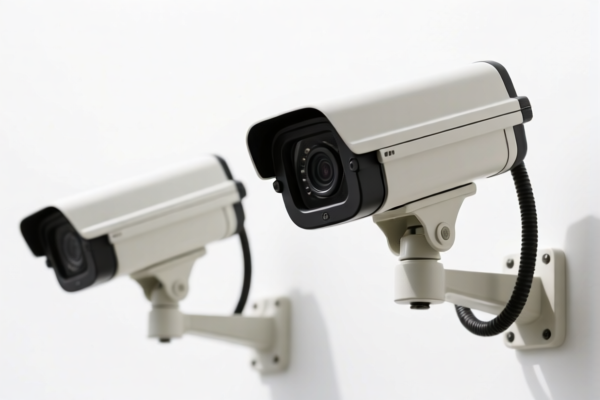| HS Code | Official Doc | Tariff Rate | Origin | Destination | Effective Date |
|---|---|---|---|---|---|
| 8521900000 | Doc | 37.5% | CN | US | 2025-05-12 |
| 8521109000 | Doc | 37.5% | CN | US | 2025-05-12 |
| 9006599100 | Doc | 37.5% | CN | US | 2025-05-12 |
| 9006596000 | Doc | 36.8% | CN | US | 2025-05-12 |
| 8519893000 | Doc | 37.5% | CN | US | 2025-05-12 |
| 8519891000 | Doc | 37.5% | CN | US | 2025-05-12 |




Body-Mounted Video Cameras
Body-mounted video cameras (BMC), also known as bodycams, are small, portable video recording devices typically worn on a person’s chest, head, shoulder, or other parts of the body to capture visual and auditory evidence.
Material
BMCs are constructed from a variety of materials prioritizing durability and light weight. Common components include:
- Housing: Typically polycarbonate, aluminum alloy, or impact-resistant plastic to withstand physical impacts and environmental conditions.
- Lens: High-quality glass or plastic lenses for clear video capture.
- Internal Components: Circuit boards, processors, memory storage (typically flash memory), and batteries housed within the protective casing.
- Mounting Hardware: Constructed from durable polymers or metals, designed for secure attachment to clothing or gear.
Purpose
The primary purpose of BMCs is to provide an objective record of events. Key applications include:
- Law Enforcement: Documenting interactions with the public, evidence collection, and accountability.
- Security: Surveillance, security guard patrols, and incident recording.
- Journalism: First-person perspectives for news reporting and documentation.
- Training: Recording and analyzing performance in fields like military operations, sports, and emergency services.
- Personal Use: Capturing experiences, documenting activities (e.g., sports, travel), and providing personal safety.
Function
BMCs function through several core components:
- Video Recording: Capture video footage, often in high definition (HD) or higher resolutions. Frame rates vary depending on the model and intended use.
- Audio Recording: Integrated microphones capture audio alongside video.
- Storage: Footage is stored internally on flash memory or, in some models, transmitted wirelessly in real-time.
- Wireless Connectivity: Many BMCs offer Wi-Fi or Bluetooth for data transfer and remote control.
- GPS: Some models include GPS functionality to geotag recordings.
- Infrared (IR) Capabilities: Certain BMCs incorporate IR LEDs for low-light or no-light recording.
- Live Streaming: Advanced models support real-time video streaming to remote locations.
Usage Scenarios
- Police Interactions: Recording traffic stops, arrests, and public encounters.
- Security Patrols: Documenting security breaches, incidents, and routine patrols.
- Military Operations: Capturing tactical maneuvers, training exercises, and situational awareness.
- Journalistic Investigations: Recording interviews, protests, and on-scene events.
- Sports and Recreation: First-person perspectives for action sports, training, and personal documentation.
- Emergency Services: Recording rescue operations, medical interventions, and incident response.
Common Types
- Chest-Mounted Cameras: Most common type, offering a stable, first-person perspective.
- Head-Mounted Cameras: Often integrated into helmets or headgear, providing a hands-free recording solution.
- Shoulder-Mounted Cameras: Less common, offering a discreet recording option.
- Integrated Systems: BMCs incorporated into uniforms or tactical gear, offering a streamlined solution.
- Covert Cameras: Small, discreet cameras designed for hidden recording.
- Livestreaming Cameras: Advanced models with real-time video streaming capabilities.
Body mounted video cameras fall under the category of video recording or reproducing apparatus. Here are the relevant HS codes based on the provided information:
-
8521900000: This HS code covers “Video recording or reproducing apparatus, whether or not incorporating a video tuner: Other”. This is a broad category for video devices not specifically classified elsewhere.
- Chapter 85: Electrical machinery and equipment.
- Heading 8521: Video recording or reproducing apparatus.
- Subheading 8521900000: Other – encompassing video devices not falling into more specific categories within heading 8521. The total tax rate is 37.5%, comprised of a 0.0% base tariff and a 7.5% additional tariff, increasing to 30.0% after April 2, 2025.
-
8521109000: This HS code covers “Video recording or reproducing apparatus, whether or not incorporating a video tuner: Magnetic tape-type: Other”. If the body camera utilizes magnetic tape for recording, this code applies.
- Chapter 85: Electrical machinery and equipment.
- Heading 8521: Video recording or reproducing apparatus.
- Subheading 8521109000: Magnetic tape-type: Other – specifically for magnetic tape-based video recorders not falling into more specific categories. The total tax rate is 37.5%, comprised of a 0.0% base tariff and a 7.5% additional tariff, increasing to 30.0% after April 2, 2025.
-
9006599100: This HS code covers “Photographic (other than cinematographic) cameras; photographic flashlight apparatus and flashbulbs other than discharge lamps of heading 8539; parts and accessories thereof: Other cameras: Other: Other: Other than fixed focus: Valued over $10 each”. If the body camera functions as a photographic camera and has a value exceeding $10 per unit, this code may be applicable.
- Chapter 90: Optical, photographic, cinematographic, measuring, checking, precision, medical or surgical instruments and apparatus.
- Heading 9006: Photographic cameras.
- Subheading 9006599100: Other cameras: Other: Other: Other than fixed focus: Valued over $10 each. The total tax rate is 37.5%, comprised of a 0.0% base tariff and a 7.5% additional tariff, increasing to 30.0% after April 2, 2025.
It is important to determine the recording method (magnetic tape or other) and whether the camera functions primarily as a photographic camera to select the most accurate HS code. If the camera's value is $10 or less, HS code 9006596000 may be applicable.
Customer Reviews
No reviews yet.